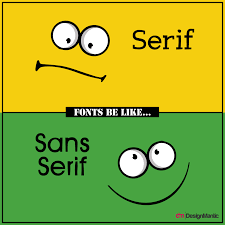One of the most interesting thing about memes is that a more complex thought is taken into a few words. Memes are highly important because they trigger readers to actually think about such a topic but normally in a fun way. To me, memes draw me to look into topics that I did not know about. On the other hand, sometimes they are great for a fun laugh about a show or topic that you love. Since memes are so short, what they say has to be concise but informational at the same time.
For memes to be effective, the type of picture and language used has to be thought out. It is also very important that the meme is visually pleasing in order to catch readers attention. The meme has to specific to a topic and also be culturally sensitive. One thing that I do not pay attention too much is the actually type of text and typeface used, so I would consider this less of a problem. I would say that visual effectiveness is more important that the writing aspect.
Do you think the visual component or writing component is more important for memes?











